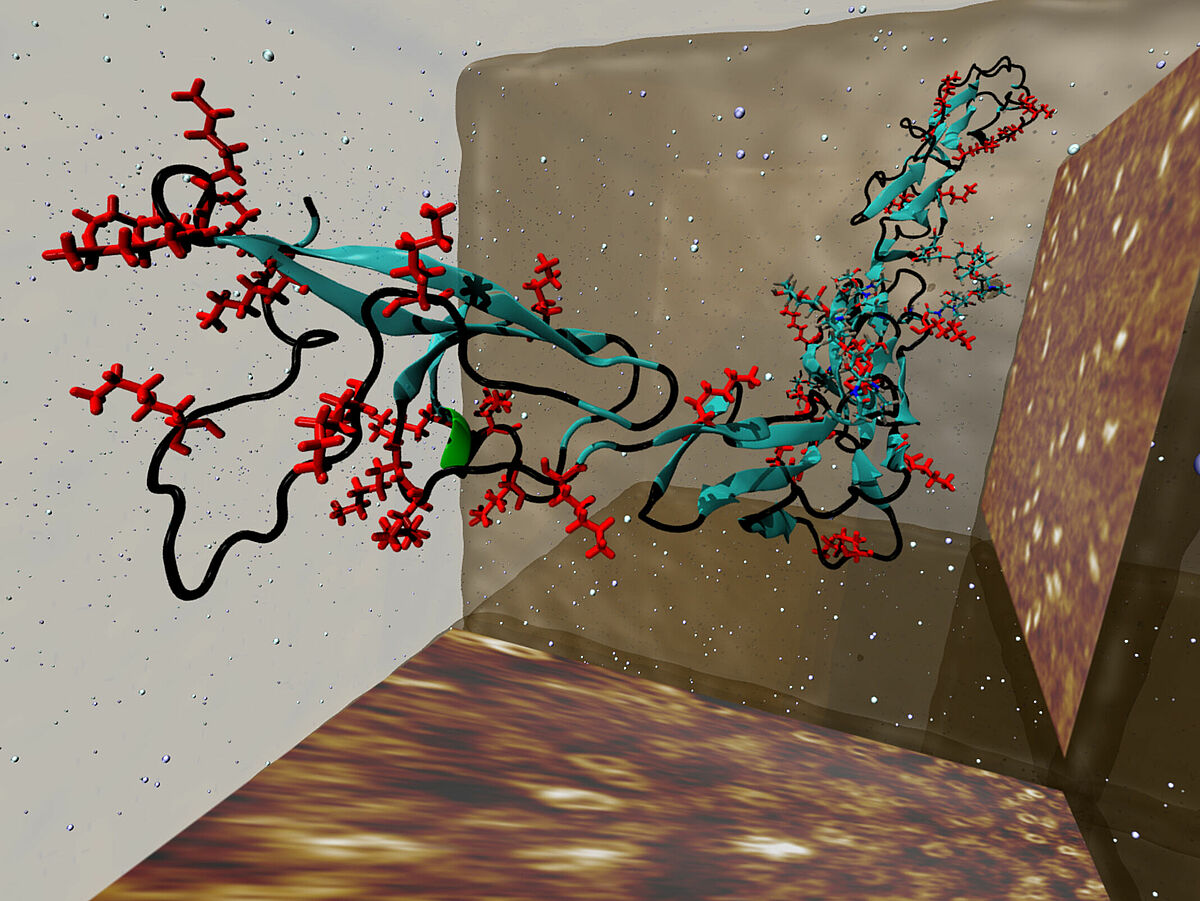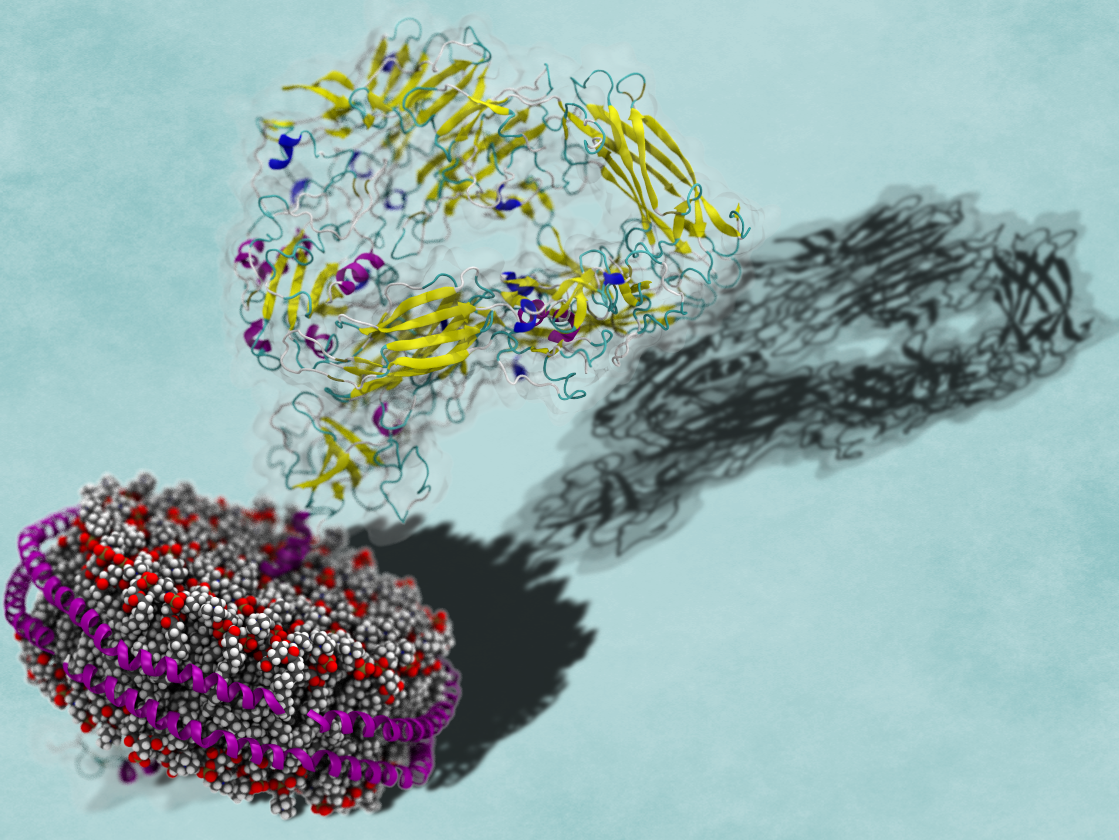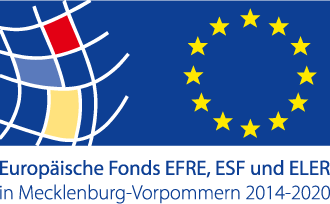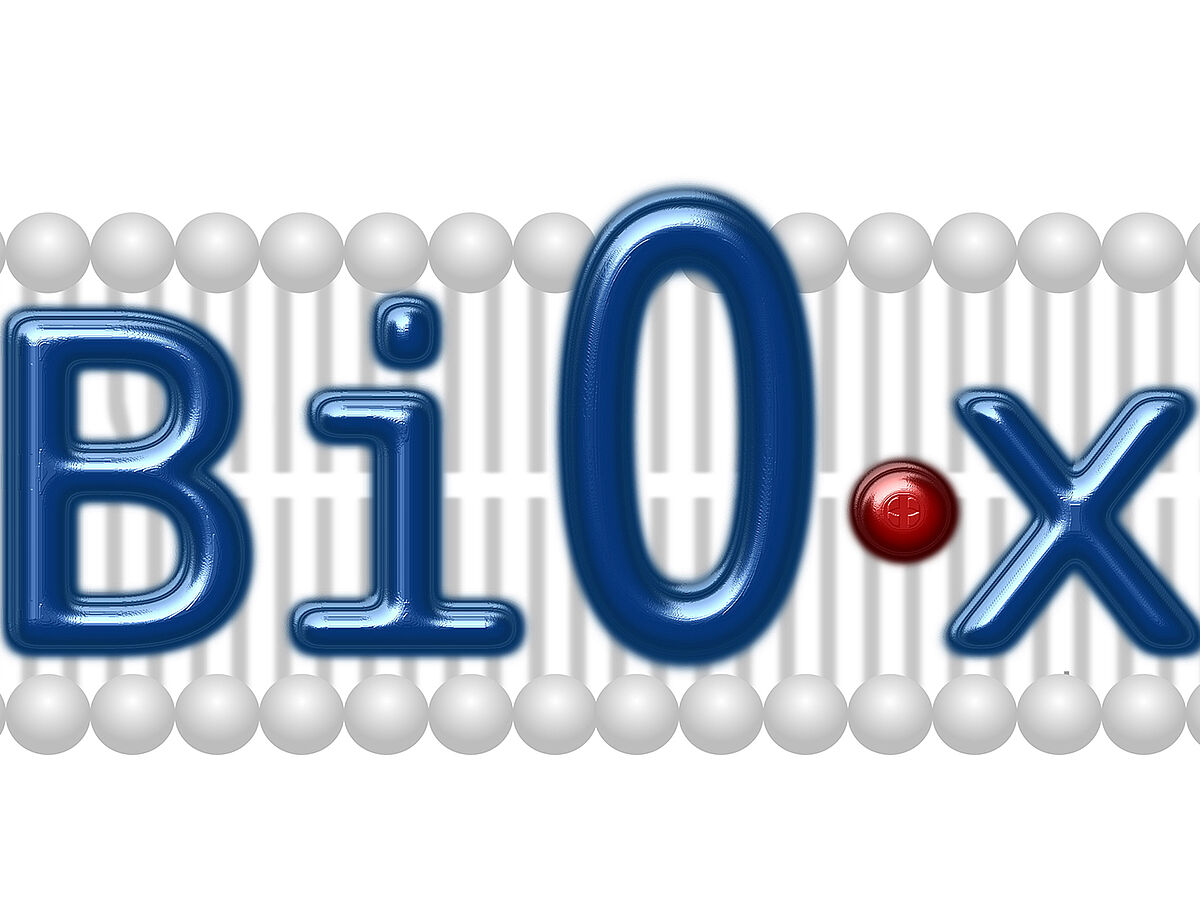Research Areas
Protein Dynamics in Autoimmunity
Nanoparticles and Immunogenicity
Mechanobiology of iPSC-derived cardiomyocytes
1. Protein Dynamics in Autoimmunity


A major challenge in the study of protein dynamics is the visualization of changing conformations that are important for processes ranging from enzyme catalysis to signaling. In addition, protein dynamics studies are relevant for investigating the equilibrium of protein conformations causing diseases
We combine biophysical techniques (e.g. circular dichroismus spectroscopy, single molecule spectroscopy, calorimetry, fluorescence microscopy, atomic force microscopy) and molecular dynamics simulation studies to investigate the impact of mutations, posttranslational modifications or stress conditions (e.g. pH, drugs) on the protein dynamics.
Of particular interest is the conformational dynamics of proteins involved in autoimmune diseases (e.g. soluble beta2-glycoprotein and transmembrane protein alpha2b beta3).
2. Nanoparticles and Immunogenicity


We investigate several aspects related to nanoparticles (NPs). We focus on the synthesis, functionalization and characterization of NPs that are used as specific intracellular probes, tumor visualization and localized photothermal treatment, etc.
NPs can stimulate and/or suppress the immune response by binding to blood proteins. Although the compatibility of the NPs with the immune system is largely determined by their physico-chemical properties (e.g. size, shape, charge, surface groups), the effect of nanoparticle properties on the immune system is little explored. Using in vitro tools we predict and control the immunogenicity of NPs by adjusting their physical properties (e.g. size, surface charge) and targeting ligands (e.g. antibodies, proteins).
We also investigate the interaction of plastic NPs with proteins and cells using biophysical methods (e.g. calorimetry, dynamic light scattering, quartz crystal microbalance, microscopy, etc) towards development of methods to detect plastic NPs in the body.
3. Mechanobiology of iPSC-derived cardiomyocytes
Induced pluripotent stemm cell derived cardiomyocytes (iPSC-CM) possess outstanding capacity for cardiac regeneration and represent models of cardiac diseases.
We investigate biochemical changes and intracellular reorganization of the sarcomeres which mediate signaling and beating rate of iPSC-CM. Three-dimensional (3D) micropillars generated by photolithography and functionalized with biopolymers which mimic the extracellular matrix of structural proteins and other biological molecules. Such 3D substrates are used to study mechanobiology of patient-specific induced pluripotent stem cells (e.g. cell elasticity, contractility and organization of the cytoskeleton). In addition, molecular changes between healthy and diseased samples, expression of cardiomyocytes maturation markers is investigated.
Prof. Ali Abou-Hassan (Sorbonne University, Paris, France)
Prof. Adnane Achour (Karolinska Institute, Stockholm, Sweden)
Dr. Lukas Cyganek (University Medicine Göttingen, Germany)
Prof. Dr. Stephan Felix (Department of Cardiology, Internal Medicine B, University of Greifswald, Germany)
Prof. Dr. Christiane A. Helm (Department Physics, University Greifswald, Germany)
Prof. Dr. Markus Lerch (University Medicine Greifswald, Germany)
Prof. Luis M. Liz-Marzán (CICbiomaGUNE, San Sebastian, Spain)
Prof. Dr. Markus Münzenberg (University of Greifswald, Germany)
Prof. Dr. Oliver Otto (ZIK HIKE, University of Greifswald, Germany)
Prof. Anisur Rahman (Department of Rheumatology, University College London, United Kingdom)
Prof. Dr. Christian Schmidt (Department of Hematology and Oncology, Internal Medicine C, University of Greifswald, Germany)
Prof. Dr. Jose Luis Toca-Herrera (Institute of Biophysics, University of Natural Resources and Life Sciences Vienna, Austria)
Prof. Karen Vanhoorelbeke (Laboratory for Thrombosis Research, KU Leuven, Belgium)
Dr. Thomas McDonnell (Biochemical Engineering Department, University College London, United Kingdom)
Prof. Dr. Liraz Chai (School of Chemistry, The Hebrew University of Jerusalem, Israel)
aktualisiert am 25.04.2024 durch
N. Geist





